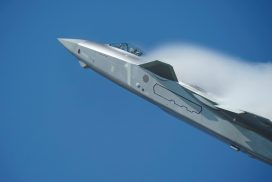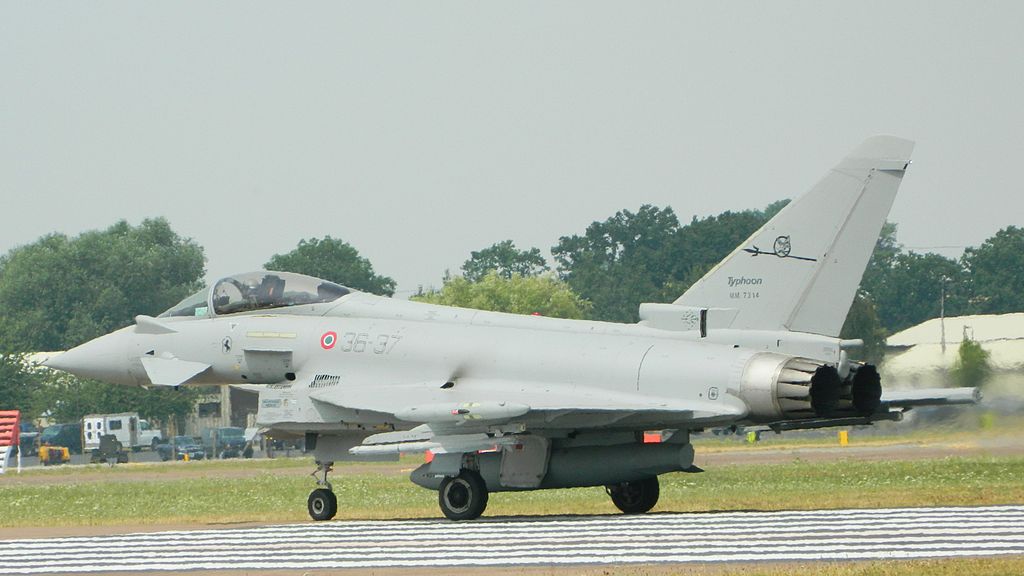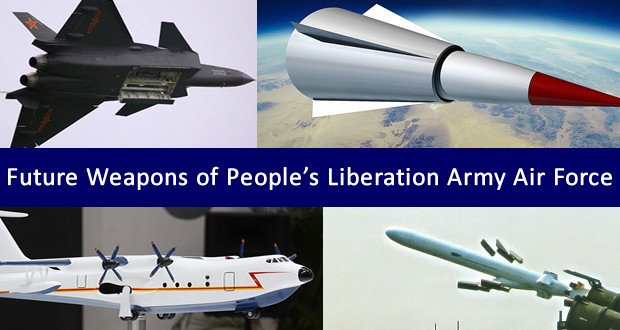India will be spending a massive $35 billion on military aviation over the next 20-25 years for the simple reason that most of the existing aircraft need replacement sooner or later – and there is also a requirement for more aircraft with newer technology.According to a study done by the writers and published in the latest issue of the India Strategic defence magazine, except for the SU-30MKI, all the fighter and transport aircraft of the Indian Air Force (IAF), be it the MiG-21, 23, 25, 27 and 29, or Jaguars or Mirage 2000, or IL-76 heavy transport and AN-32 medium transports, were contracted for acquisition during the time Indira Gandhi or her son Rajiv Gandhi was prime minister.The study says that the same is also true for the helicopter Mi-17 and its older Mi-8 version. The IAF chief, Air Chief Marshal S P Tyagi, released the magazine at the Aero India air show here.As for transport aircraft, the only exception was for VVIP travel, with four Embraers acquired from Brazil in 2005. Additionally, three new generation Boeing 737s, configured to the same security standards as the Air Force One of the US President, are now on order while some new Embraers are being considered for a surveillance role.The situation is no different for the Indian Navy, whose existing aircraft, including those vital for maritime reconnaissance like the Il-38 and Dorniers, are old. The navy needs not only more aircraft but also technologically advanced newer aircraft – and in greater numbers.The navy has projected a figure of about 100 aircraft in the next 15-20 years, particularly the MiG-29Ks, whose number should go up to about 50 from less than the 20 initially contracted. These jets will be deployed on the aircraft carrier INS Vikramaditya the navy is acquiring from Russia.Indications are that the Indian Army has a projection for about 500 helicopters. It is already finalising purchase of 197 helicopters from a choice of two. Field and other trials for these have been completed and an announcement is expected by mid-2007.Notably, most of the helicopters in India are also more than 20 years old.The fact is that after Rajiv Gandhi, there was a paralysis in the acquisition process triggered by the spate of inquiries that illogically blocked even the normal process of replacing outdated equipment. This was a costly mistake, as the country now has to suddenly spend rather too much.During the 1999 Kargil war for instance, the army neither had adequate munitions for the Bofors howitzers, which saved the day, nor any Weapon Locating Radars (WLRs) to detect the source of hostile fire for counter action. The result: the army suffered 80 percent of its casualties in the war to Pakistani artillery.As for aircraft, it is amply known that the strength of the IAF’s combat squadrons has been coming down as the existing aircraft are old, and there is a limit to the extension that can be given to any machine’s life.Fortunately, IAF has acquired the formidable SU-30MKI, each of which carries three strategic missiles. India should have more than 200 of these aircraft, with HAL asked to produce 8 to 12 jets a year over the next decade. Their indigenous production has already begun.br /br /Source: india-defence.com
Menu
Copyright © 2007- 2025 • Defence Aviation • All Rights Reserved. Reproduction without explicit permission is prohibited.



